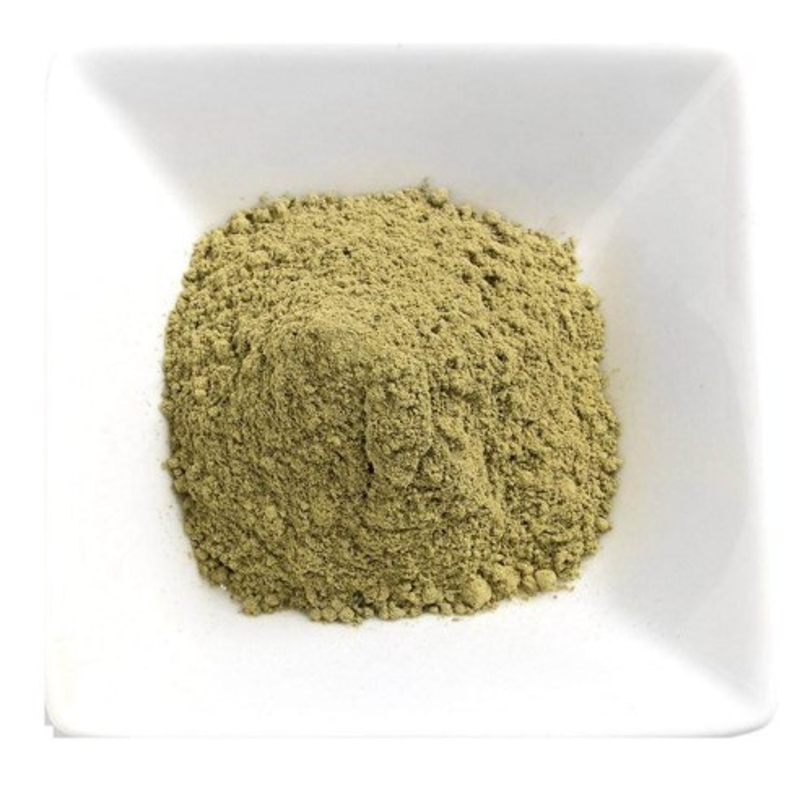-
Categories
-
Pharmaceutical Intermediates
-
Active Pharmaceutical Ingredients
-
Food Additives
- Industrial Coatings
- Agrochemicals
- Dyes and Pigments
- Surfactant
- Flavors and Fragrances
- Chemical Reagents
- Catalyst and Auxiliary
- Natural Products
- Inorganic Chemistry
-
Organic Chemistry
-
Biochemical Engineering
- Analytical Chemistry
-
Cosmetic Ingredient
- Water Treatment Chemical
-
Pharmaceutical Intermediates
Promotion
ECHEMI Mall
Wholesale
Weekly Price
Exhibition
News
-
Trade Service
The production process of 2-(thiocyanomethylthio)benzothiazole, commonly known as CTB, is a complex and multi-step process that requires the use of various chemicals and equipment.
The final product is a white to off-white crystalline solid that is used as an intermediate in the production of various chemical products, such as dyes, pharmaceuticals, and pesticides.
The production process of CTB can be divided into several stages, including the preparation of the starting materials, the reaction, and the purification and isolation of the product.
Each of these stages requires careful monitoring and control to ensure the quality of the final product.
The preparation of the starting materials typically involves the synthesis of 2-thiocyanomethylthiobenzaldehyde, which is then converted to 2-(thiocyanomethylthio)benzothiazole using a series of chemical reactions.
This process typically involves the use of various reagents, such as thiourea, sodium hydroxide, and hydrogen sulfide, as well as solvents such as water and ethanol.
The reaction stage involves the conversion of 2-thiocyanomethylthiobenzaldehyde to 2-(thiocyanomethylthio)benzothiazole using a series of chemical reactions.
This process typically involves the use of various reagents, such as thiourea, sodium hydroxide, and hydrogen sulfide, as well as solvents such as water and ethanol.
The reaction is typically carried out in a chemical reactor, which is a large tank designed to contain the reaction mixture.
The reactor is usually equipped with a stirring mechanism and a temperature control system to ensure that the reaction proceeds at the desired temperature and speed.
After the reaction is complete, the mixture is typically purified and isolated by a variety of methods.
This may involve the use of chemical solvents, such as benzene or toluene, to extract the desired product.
The resulting mixture is then typically filtered to remove any impurities, and the solvent is evaporated to leave a solid residue.
This solid residue is then typically washed with water and dried to remove any remaining impurities.
The final purification stage typically involves the recrystallization of the solid residue using a solvent such as ethanol or methanol.
This involves dissolving the solid residue in the solvent, allowing it to crystallize out, and then filtering off the crystals and drying them to obtain a pure sample of CTB.
In conclusion, the production process of 2-(thiocyanomethylthio)benzothiazole, or CTB, is a complex and multi-step process that requires the use of various chemicals and equipment.
The process involves the preparation of the starting materials, a series of chemical reactions, and the purification and isolation of the final product.
The quality of the final product is carefully monitored and controlled at each stage of the process to ensure that it meets the desired specifications.







